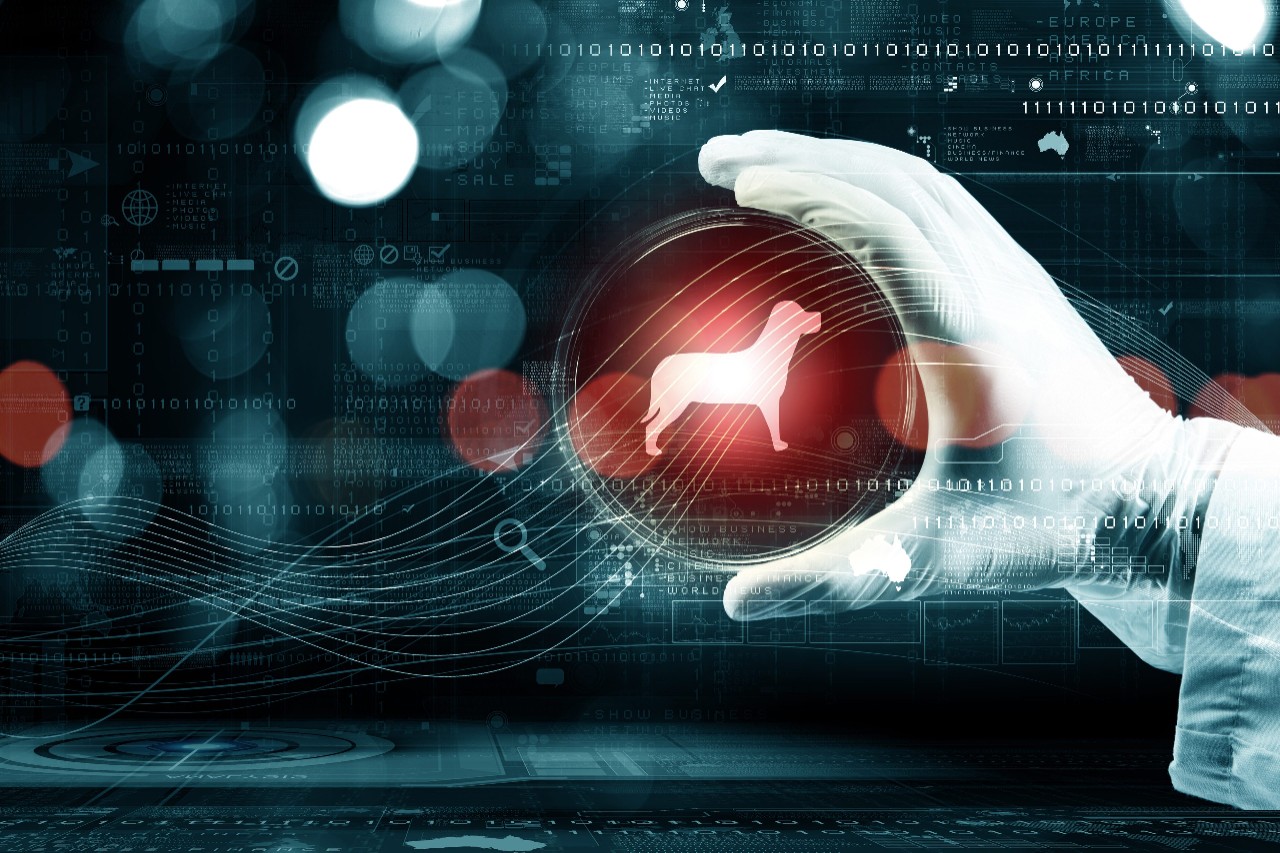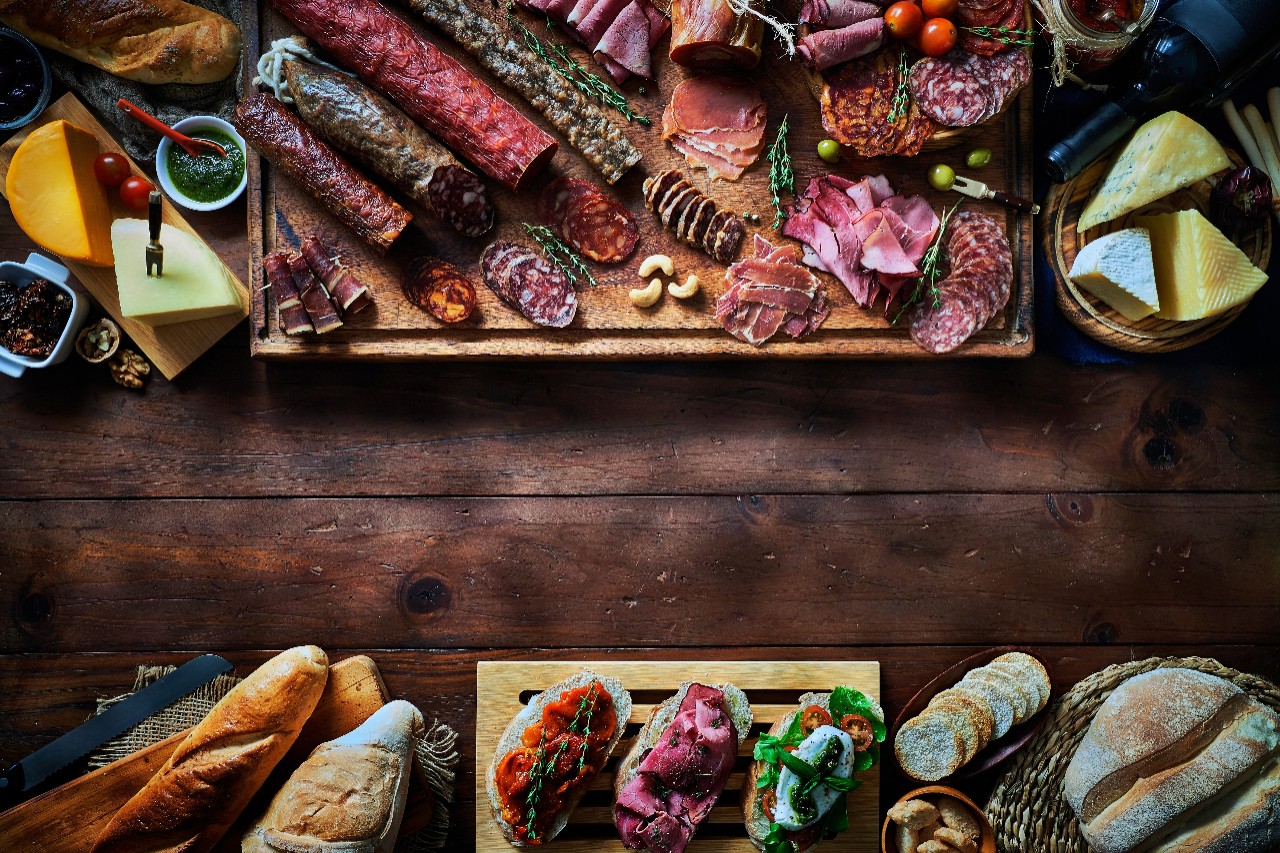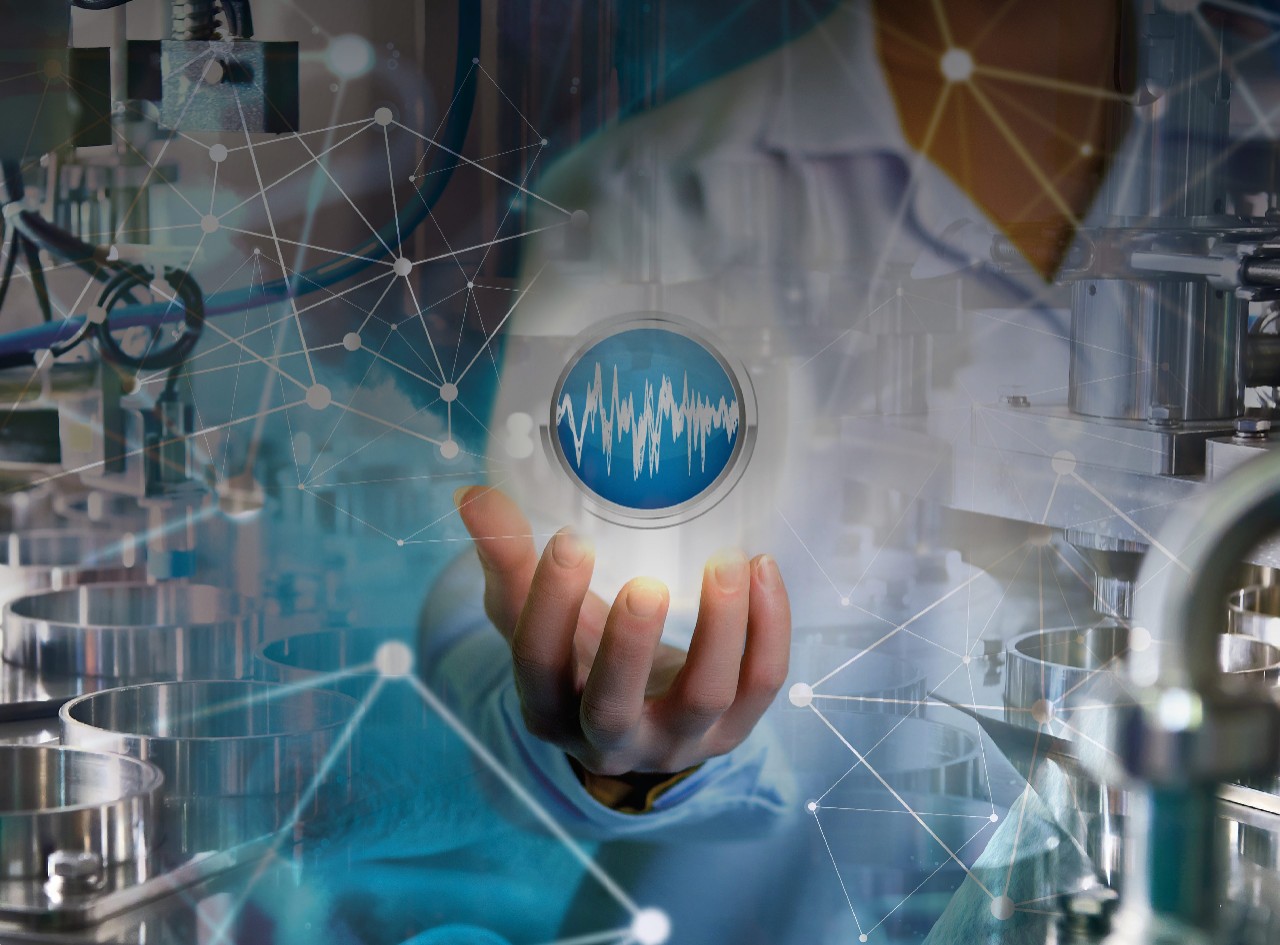Veterinary Microbiology
Veterinary microbiology and zoonosis surveillance
在当前的评论家al challenges faced by veterinary microbiologists is the need to obtain secure species identification of rare and challenging organisms affecting animals, in a timely manner. These microorganisms can be pathogenic to animals, or can be asymptomatic to the animal vector but cause disease in humans, usually via a foodborne route. Control of zoonoses is also implicated in food microbiology, for example for Salmonella and Campylobacter surveillance in the production of eggs and whole milk.
Surveillance of zoonoses and antibiotic resistance
Veterinary-directed surveillance of zoonoses is vital for the control of foodborne pathogens. Monitoring microorganisms in animal primary production using rapid, sensitive identification technologies is required by veterinary microbiologists, to control the incidence and spread of pathogens in the food chain.Surveillance of antibiotic resistance is also a top priority for veterinary microbiologists.
In addition to surveillance, veterinary microbiologists are concerned with animal pathogens. New technologies and vaccines are being continuously developed to treat animals, for diseases such as bovine mastitis, but identification and differentiation of mastitis associatedStreptococcusspp. and related species is needed to study outbreaks and discover new treatments.


